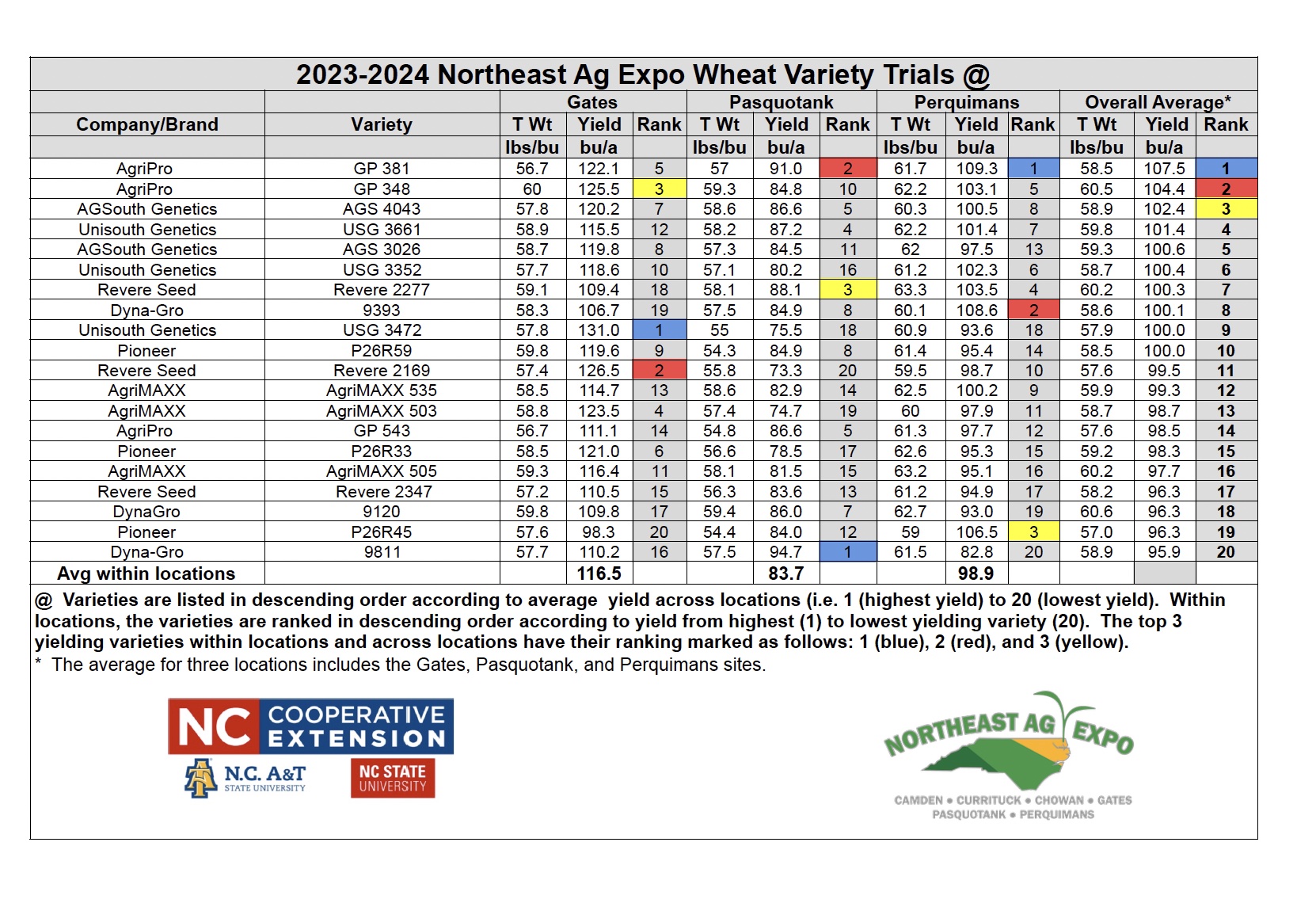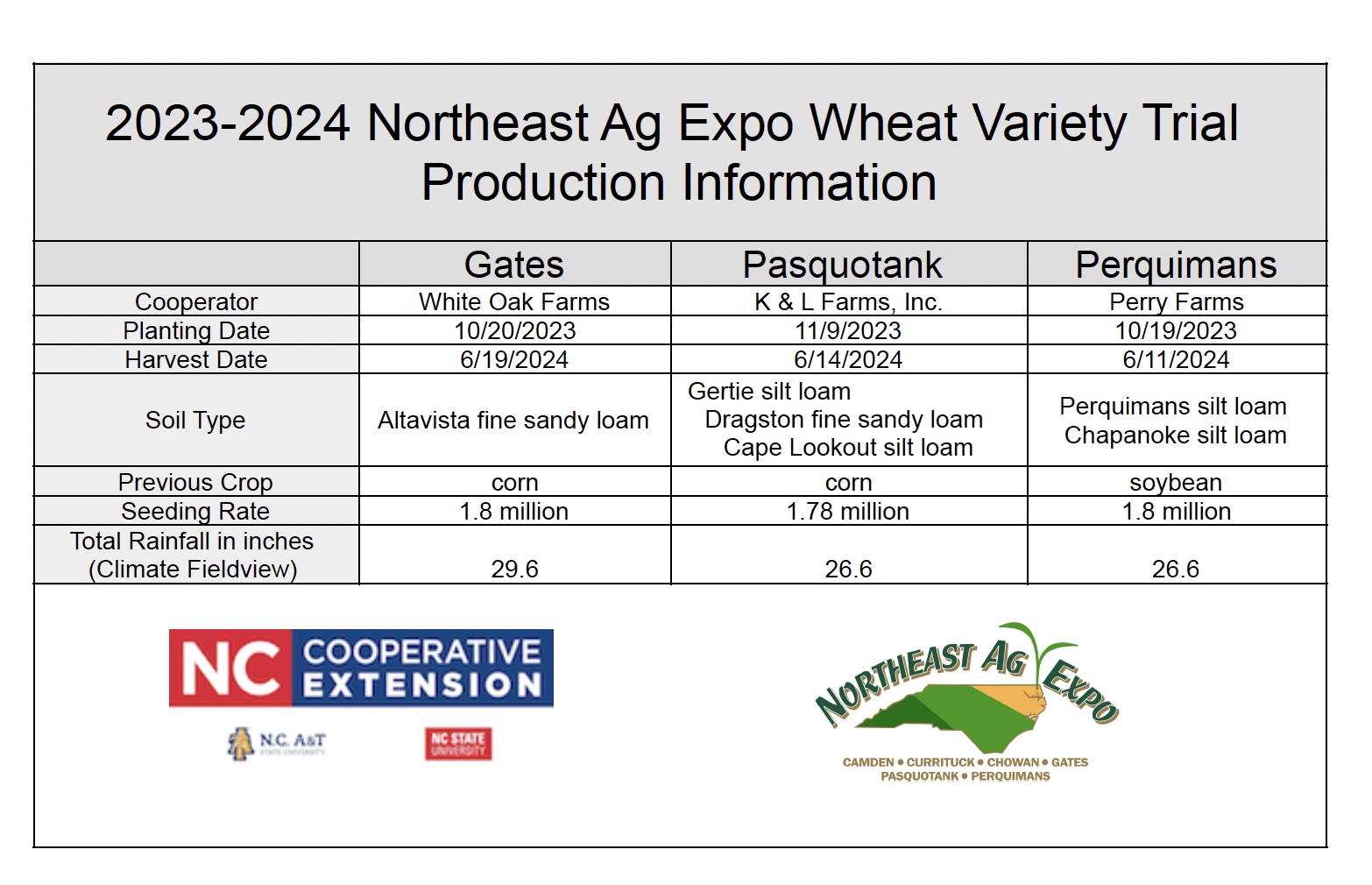Camden Crop News: August 2024
go.ncsu.edu/readext?1021664
en Español / em Português
El inglés es el idioma de control de esta página. En la medida en que haya algún conflicto entre la traducción al inglés y la traducción, el inglés prevalece.
Al hacer clic en el enlace de traducción se activa un servicio de traducción gratuito para convertir la página al español. Al igual que con cualquier traducción por Internet, la conversión no es sensible al contexto y puede que no traduzca el texto en su significado original. NC State Extension no garantiza la exactitud del texto traducido. Por favor, tenga en cuenta que algunas aplicaciones y/o servicios pueden no funcionar como se espera cuando se traducen.
Português
Inglês é o idioma de controle desta página. Na medida que haja algum conflito entre o texto original em Inglês e a tradução, o Inglês prevalece.
Ao clicar no link de tradução, um serviço gratuito de tradução será ativado para converter a página para o Português. Como em qualquer tradução pela internet, a conversão não é sensivel ao contexto e pode não ocorrer a tradução para o significado orginal. O serviço de Extensão da Carolina do Norte (NC State Extension) não garante a exatidão do texto traduzido. Por favor, observe que algumas funções ou serviços podem não funcionar como esperado após a tradução.
English
English is the controlling language of this page. To the extent there is any conflict between the English text and the translation, English controls.
Clicking on the translation link activates a free translation service to convert the page to Spanish. As with any Internet translation, the conversion is not context-sensitive and may not translate the text to its original meaning. NC State Extension does not guarantee the accuracy of the translated text. Please note that some applications and/or services may not function as expected when translated.
Collapse ▲2024 North Carolina Corn & Soybean Yield Contests
This is a great year to submit entries into the state corn and soybean yield contests. For the corn contest the harvested area must be a minimum of one acre from within a single field, while soybean contest entries must be a minimum of 3 acres in size. Let me know if you would like additional contest details, including available awards. If you have a corn or soybean field you would like to enter please give me a call before harvesting, I’d be happy to measure it with you and get you in the contest.
2024 Wheat Variety Trial Data
Results from our 2024 NE Ag Expo Wheat Variety Trials are now available. Production information, as well as rainfall totals for each site, can be found on the second page. Yields were ranked individually at each location, and averaged across the locations to give an overall ranking.
Top Practices for High-Yielding Wheat
In preparation for the upcoming wheat growing season I recently had a conversation with Dr. Angela Post regarding her top practices for high-yielding wheat. Find a list of these practices below for your consideration. Let me know if you have any questions.
1. Use at least 30 lb N per acre at planting or within 30 days of wheat emergence.
2. Use a fungicide seed treatment.
3. Plant your wheat before Thanksgiving. Earlier planted wheat has more chance to be successful than late planted wheat.
4. Plan for 150 total lb N total per acre. Count the nitrogen used up front. So if you put 30 up front, topdress total should be 120.
5. Spread your risk and plant at least three varieties across your farm and more than one maturity.
6. Protect wheat varieties susceptible to diseases with at least one fungicide application.
Dealing With Ear Rots in Drought Damaged Corn
Download an article from Dr. Ron Heiniger, and Dr. Daisy Ahumada titled “Dealing With Ear Rots in Drought Damaged Corn”. This article covers Damage from Fungal Infections and Ear Rot, What Makes Corn More Susceptible to Infection During a Drought, Why are Ear Rots Worse in Some Seasons, What Should I Do to Reduce Damage Caused By Ear Rot, How Do I Determine If I Have a Problem, and
The Bottom Line: SCOUT the fields for mold and, if present, have a sample analyzed for mycotoxins. If moderate to severe amounts of mold are present, plan to HARVEST EARLY to prevent further infection. Contact your crop insurance agent about assessing your loss. Take advantage of all the disaster relief available by documenting loss and obtaining independent assessments of yield potential.
New Commodity Fumigation Requirement
There is a new commodity fumigation pesticide category for private applicator (farmer) pesticide licenses. Beginning in July 2024, all commodity fumigants will require a new Private Pesticide License Category to purchase and use. Farmers wishing to add this category to their private applicator license will need to take a test. NCDA & CS will be hosting a test at the Pasquotank Extension Center on Monday, September 23rd at 1:00 p.m., there is a $10 exam fee. Please download the NCDA & CS flyer with details. Contact me with any questions and for assistance preparing for the test.






